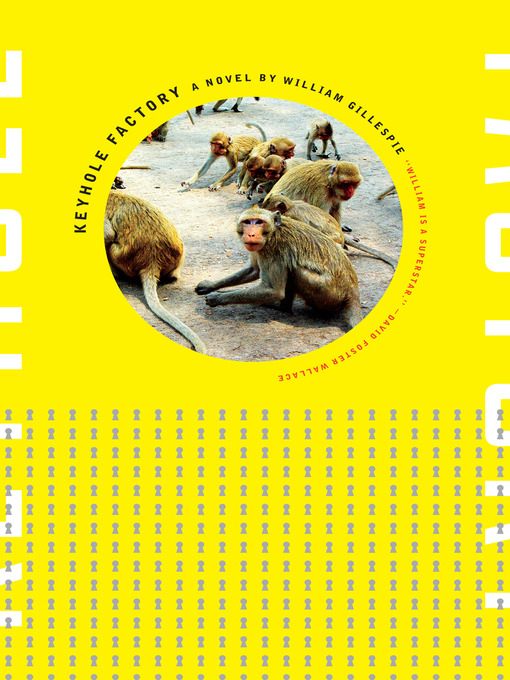
Keyhole Factory
A Novel
- اطلاعات
- نقد و بررسی
- دیدگاه کاربران
نقد و بررسی

September 24, 2012
To repurpose T.S. Eliot, this is the way the world ends/ Not with a bang but with an experimental novel about our dénouement. In Gillespie’s imaginative scenario, a manmade plague called Pandora is deliberately unleashed upon an unsuspecting populace. Through the clever use of ever-changing typographical layouts, we live through the spread of the epidemic and are horrified as it quickly devastates mankind, causing a breakdown in law and order and communications. Playing like a biowarfare version of Arthur Schnitzler’s La Ronde, with death substituting for sex, we meet an interconnected cross-section of humanity, including a poet astronaut on his way back to a changed Earth after testing a planet-killing weapon in deep space; a female virologist who works at the secret underground lab where the weaponized virus was created; Seattle newlyweds, possibly “the last couple to get married,” fleeing the clogged city in search of sanctuary; a serial killer who preys upon the various colonies of survivors; and a pirate radio disk jockey who broadcasts her harrowing experiences even though there may no longer be anyone alive to hear them. Gillespie (The Story That Teaches You How to Write It) has a keen satiric mind: the virus is released at an Arms Contractors Ball where men wear missile codpieces and women bullet bras. And although it has become fashionable in recent years for literary authors to take on the apocalypse, you would have to go back to Denis Johnson’s Fiskadoro to find such a purely poetic take on the unthinkable. Agent: Gary Heidt, Signature Literary Agency.

November 15, 2012
The monkey on the cover of Gillespie's new book stares back with a distinct look of malevolence--a fitting image for such a bristling novel. Gillespie, whose previous books (e.g., The Story That Teaches You How To Write It) were released by smaller presses, moves deftly across an apocalyptic modern landscape. The book opens with a caustic yet hilarious and likely accurate take on an academic poetry conference. From there, we quickly move to an astronaut who writes poetry and then a biolab from which a disease-carrying monkey escapes. Gillespie writes with more ache than mean-spiritedness, acutely relating the loneliness of the virologist: "I was not at liberty to discuss my work with anybody, and so I talked about it with my cat, which was still probably illegal." VERDICT This is an experimental novel--chunks of poetry interrupt the traditional chapters, graphics appear throughout, and a middle section is horizontal--but the pleasure of the text is fine and true. Readers of Denis Johnson, Nick Harkaway, and Jonathan Lethem will want to follow Gillespie.--Travis Fristoe, Alachua Cty. Lib. District, Gainesville, FL
Copyright 2012 Library Journal, LLC Used with permission.

November 1, 2012
Gillespie's mainstream-press debut is graphic in its subject matter. A man-made hemorrhagic fever decimates major urban areas, the U.S. is engulfed in anarchy, and the moon may or may not have blown to bits. The novel is graphic, too, in that chapters are identified with icons and the text appears in various configurationscolumns, circles of various sizes, numbered lines, and abundant blank space. Some shapes recall seventeenth-century emblem poems, and there are poems throughout, though nothing so antiquated as rhyme appears. Gillespie deploys almost all these methods in service to the problem of simultaneity, of how to portray actions taking place in several places at the same time. Author of an award-winning hypertext novel, Gillespie is responsible for the world's longest literary palindromewatch for other word and world games at play in Keyhole Factory. The story itself is fragmentary, and yet the whole is better than the sum of the parts, a violent, apocalyptic story told with an arsenal of narrative tropes.(Reprinted with permission of Booklist, copyright 2012, American Library Association.)




دیدگاه کاربران